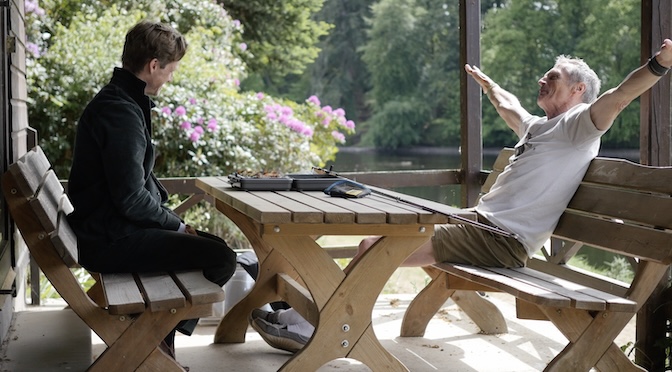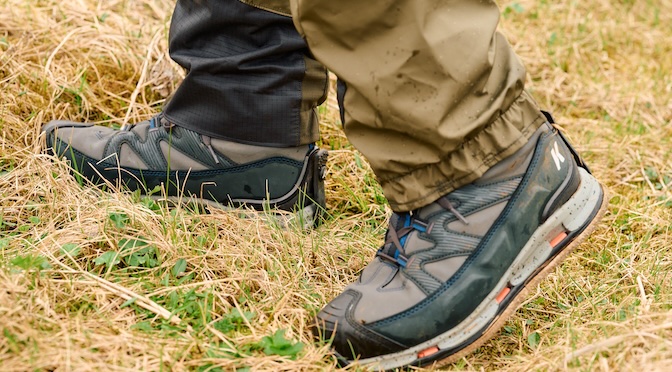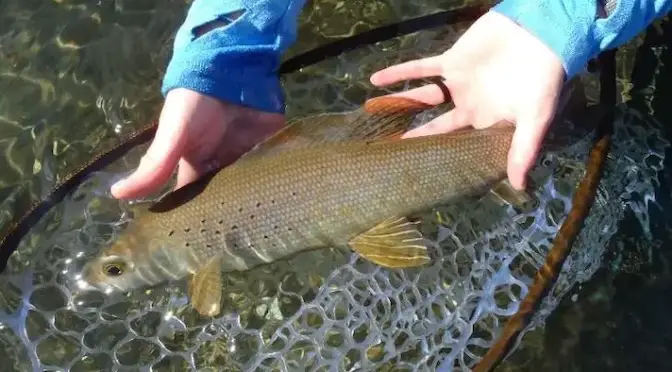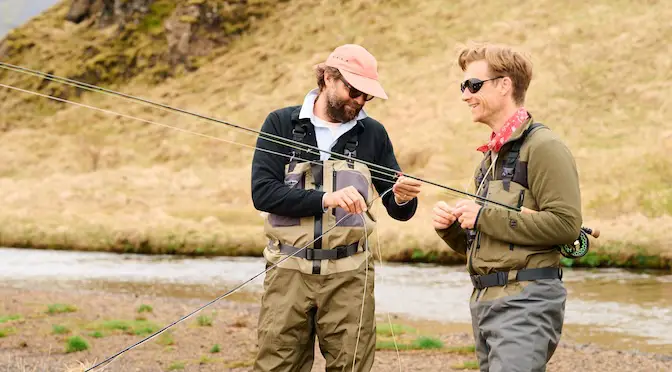Last updated on January 11th, 2024.
Once upon a time renegades and outlaws roamed the Irish counties Mayo and Galway, home to Ballynahinch Castle.
Today fly fishermen from all over the world come to the west coast of the green island where salmon and sea trout spawn in pristine rivers and lakes.
Wild Irish salmon is something you don’t buy. Instead you pay a lot of money to catch it yourself. Tom Price comes to Connemara each year from New York. The wild ragged peninsula north of Galway with its twelve legendary mountains is something like the Olympia of fly fishermen.
Ballynahinch Castle is right in the heart of it. There was Grace O’Malley – the famous “Queen of pirates” who was known to make trouble in the 16th century off the coast of Connemara. The humanist, politician and animal rights activist Richard “Humanity Dick” Martin and Maharaja Ranjitsinji once owned this beautiful place. “It’s crazy that a wealthy prince from India fell in love with Ballynahinch. He turned it into an eldorado for fly fishermen”, says Patrick O’Flaherty, former General Manager of Ballynahinch.
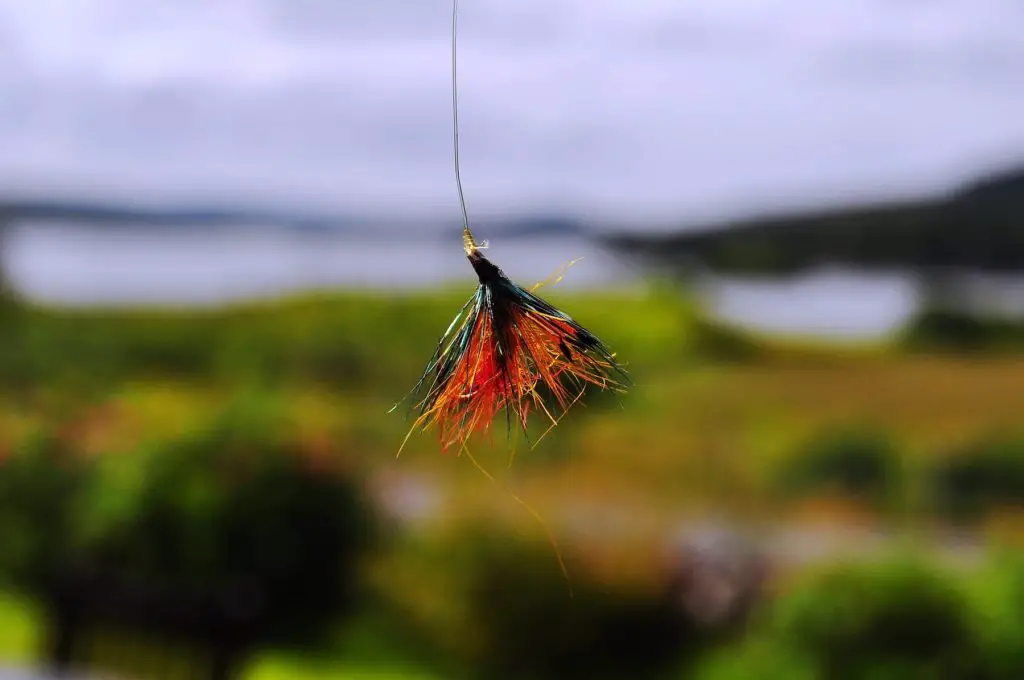
The History of Ballynahinch Castle
Since Ranjitsinji’s death in 1933 not much has changed at the castle. The past and the house’s traditions are cherished in every corner of the castle. The old catch records preserve statistics of record salmon and the fishermen who caught them. The Maharaja himself purchased the plates that are being used to serve the salmon at dinner. Despite its splendour Ballynahinch is not a place of show-off. For its guests a tweed jacket and jeans means you’re perfectly dressed. Fisherman’s jargon is the norm, restlessness is frowned upon.
In the hotel’s pub guests give away to one of the favourite occupations in Ireland: to conjure with words. At the table of Tom Price, Michael, a Ballynahinch ghillie in his late 80s, feasts in the glamourous days of the past. “The day when the Maharaja arrived in his own luxury train, was our most important holiday of the year. Along the tracks firecrackers explode. Half of Connemara was lined up in front of the hotel to celebrate. Because Ranjitsinji’s arrival meant work and a steady income for a few months that was enough to survive until next spring”.

Despite his high age – or maybe because of it – Michael is still one of the best ghillies in Connemara. His knowledge about salmon has helped the likes of Sir Alec Guinness. He also guided former US president Gerald Ford and former British Prime Minister James Callaghan.
Fly Fishing at Ballynahinch
The Ballynahinch Catchment drains an area of almost 70 square miles. It consists of an interconnected system of loughs and rivers which is drained by the Ballynahinch River. Ballynahinch estate owns the pristine river exclusively. It winds its way down to the Atlantic for about two miles until it meets the sea at Bertraghboy Bay.

Just like Delphi Lodge – another great salmon fishing estate about an hour away – the season at Ballynahinch opens on February first. It stretches through the summer until the closing on September 30th. The first highlight of the season is the run of spring salmon. They average 10lbs. It begins around the first weeks of March. Ballynahinch’s signature fishery however is a classic grilse fishery. It starts in late June and continues until the season’s end. By Irish standards, Ballynahinch grilse are very large, averaging 6-7lbs. The occasional 10-pounder often shows up during the last weeks of September.
Since the Irish drift net fishery was closed down ten years ago, salmon runs at Ballynahinch have bounced back siginificantly. The number of fish has increased and also the average weight. Larger specimen often ended up in the nets before.

The Rare Sea Trout
Sea trout is another species of game fish that can be caught at Ballynahinch. The estate was a celebrated sea trout fishery back in the days. In the 1990s however, local salmon aquaculture and the parasites that spread around the cages led to a serious decline of the stocks of this beautiful fish. Recently salmon farming was downsized in the estuary and the immediate effect was stunning.
Within only a few years the sea trout has recovered astonishingly. The number of fish returning to the water system of Ballynahinch increased 12 fold. Ballynahinch now again is one of the premier sea trout fisheries on the west coast of Ireland. If you want to try your luck for sea trout, the best time to visit Ballynahinch castle is from early June until late July.


